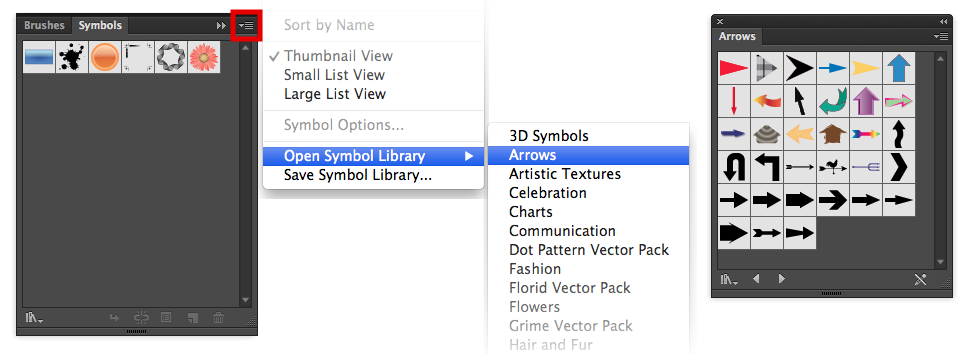
Similarly, it may be difficult to source the equipment needed to evaporate water to recover the dissolved salt. Primary schools often don’t have Bunsen burners, so viable alternatives need to be sourced.
Gravit designer basic explanation of pen tool how to#
This could provide a stimulus for further investigations looking at how to separate other mixtures of solids, either of different particle sizes or by solubility. This activity can be used as a whole-class investigation, with children working in small groups or pairs to look at how to separate the salt and sand. That melting and dissolving are not the same process.That the rate of dissolving can be affected by various factors.That dissolving is a reversible reaction.That there are various techniques that can be used to separate different mixtures.Demonstrate that dissolving, mixing and changes of state are reversible changes.Use knowledge of solids, liquids and gases to decide how mixtures might be separated, including through filtering, sieving and evaporating.Describe how to recover a substance from a solution.Observe that some materials will dissolve in liquid to form a solution.Using appropriate scientific language and ideas to explain, evaluate and communicate their methods and findings.Drawing conclusions and raising further questions that could be investigated, based on their data and observations.Skill developmentĬhildren will develop their working scientifically skills by: If you teach primary science, the following information is designed to help you use this resource.

How could you adapt your experiment to obtain a purer sample of salt?.Give two reasons why the salt you have obtained might still be contaminated with sand.How could you adapt your experiment to obtain a purer sample of sand?.Give two reasons why the sand you have obtained might still be contaminated with salt.How might the final traces of water be removed from your samples to ensure that they are totally dry?.Why is the salt solution heated in step 6?.Why is the salt, sand and water mixture stirred in step 3?.Why can sand and salt be separated using this experiment?.They should be told that all samples prepared in this way need to be labelled, even if in this case, it should be obvious which substance is which. If this extension is carried out, the students should be encouraged to label the bottles. While the first student of a pair is transferring the sand, the other can be scraping the dried salt from the evaporating dish and transferring it to another specimen bottle. Students often like to present their specimens in small bottles for approval, so a spatula could be used to accomplish this. If necessary, another piece of filter paper can be used. To do this, the damp sand in the filter paper can be transferred to another sheet of dry filter paper, and, by folding and dabbing, the sample can be dried. If desired, the experiment can be extended to isolate dry samples of sand and salt.

Turn off the Bunsen burner and let the damp salt dry in the dish.Įquipment for a class experiment to separate a mixture of sand and salt.Heat the salt solution gently until it starts to decrepitate (spit). CARE: Keep eye protection on and do not get too close.Pour the filtrate into an evaporating basin.Filter the mixture into a conical flask.Stir the mixture gently for a few minutes.Add about 50 cm 3 of water, or add water until the beaker is about one-fifth full.Pour the sand–salt mixture into the beaker so that it just covers the base.Sodium chloride (eg table salt), NaCl(s) - see CLEAPSS Hazcard HC047b.Pupils must stand up during heating activities and beware of hot salt spitting when evaporation is almost complete.Wear eye protection throughout this experiment.Mixture of sand and sodium chloride (salt), about 6–7 g per group of students (a suitable sand–salt mixture should contain approximately 20% salt by mass).Pupils must stand up during heating activities and beware of hot salt spitting when evaporation is almost complete. It can be carried out individually or in groups of two.

This is a very straightforward experiment.


 0 kommentar(er)
0 kommentar(er)
